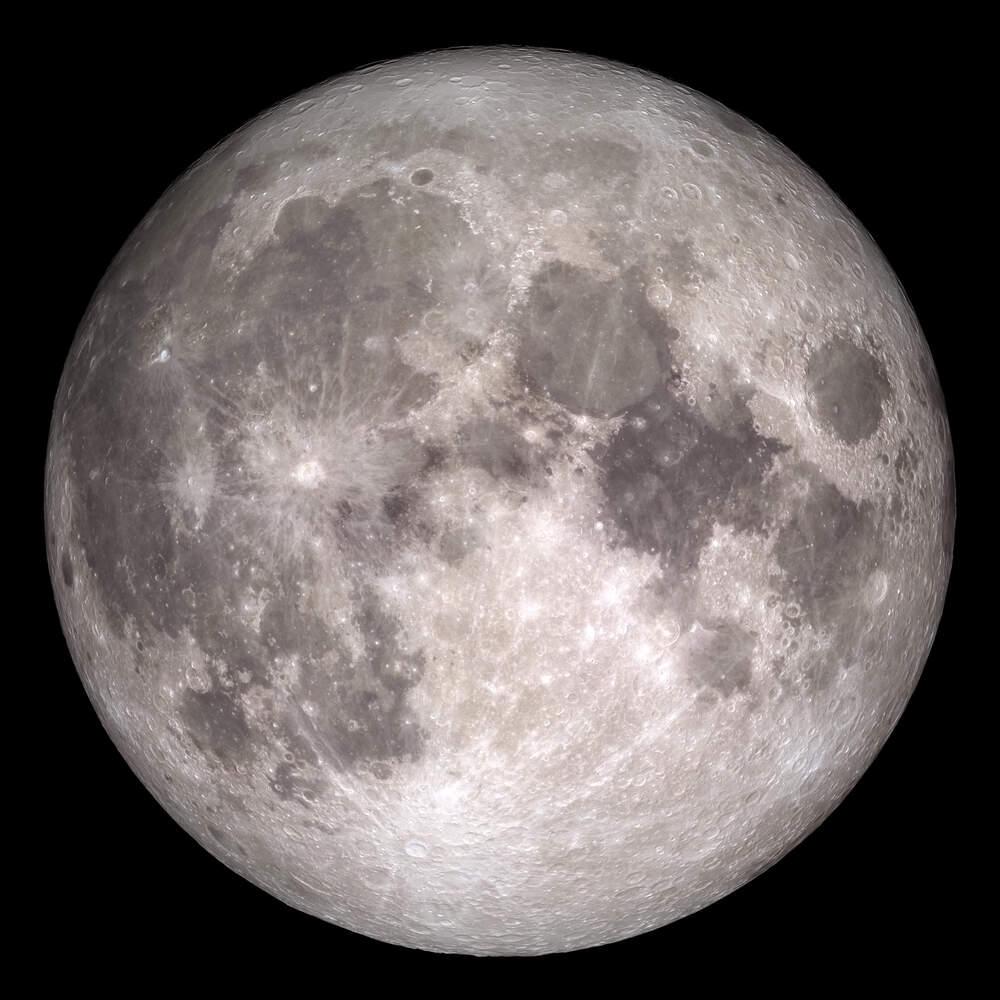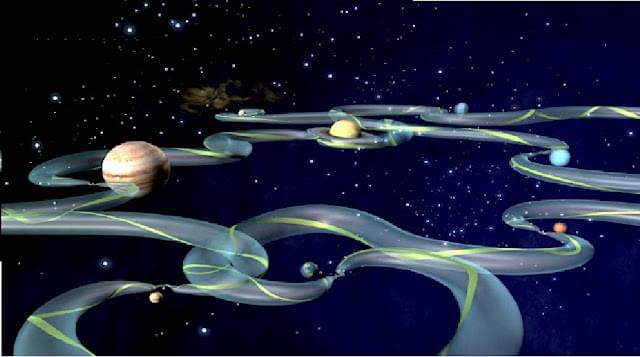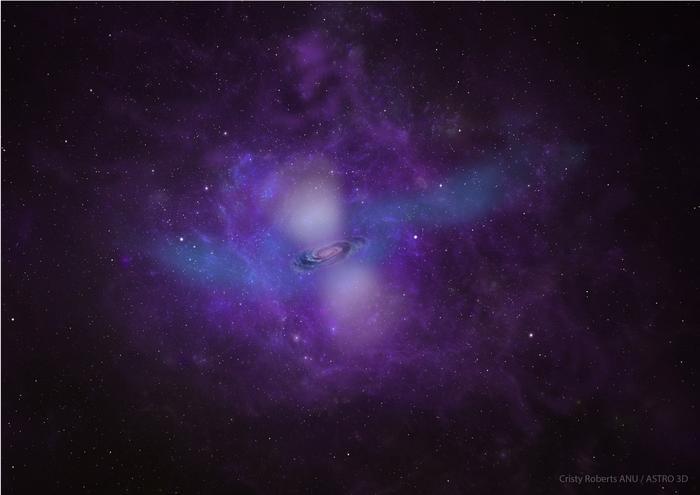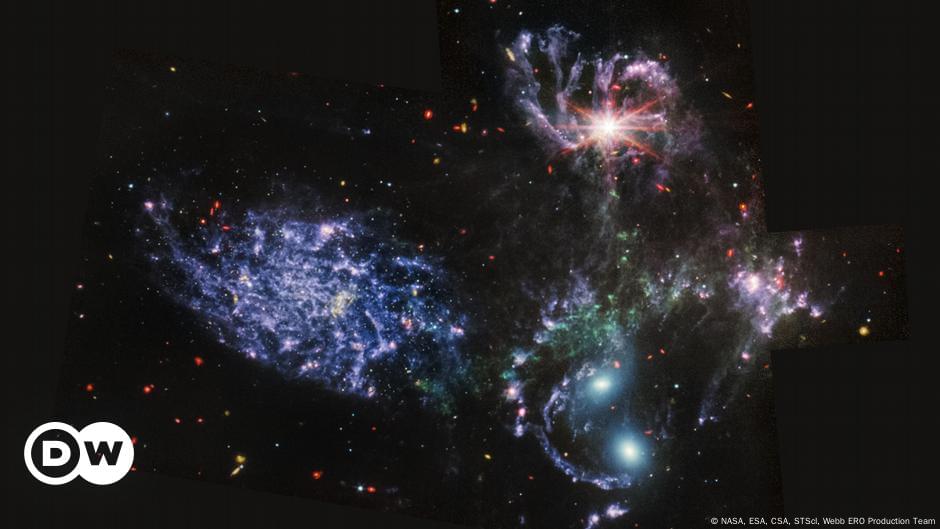Sep 13, 2024
A Completely New Structure of Light Has Been Created: The Chiral Vortex
Posted by Saúl Morales Rodriguéz in category: space
“Traditional measures of chirality have struggled to identify the concentration of right-and left-handed molecules in samples containing almost equal amounts of both,” says physicist Nicola Mayer, from the Max Born Institute.
“With our new method, a tiny excess in the concentration of either mirror twin can be detected, possibly enough to make a life-changing difference.”
We’re not sure how chirality first emerged, but it may have originated from deep space, before going on to play a profound role in so many different aspects of life on Earth. Having instruments that can better detect chiral molecules would be a major step forward.


















